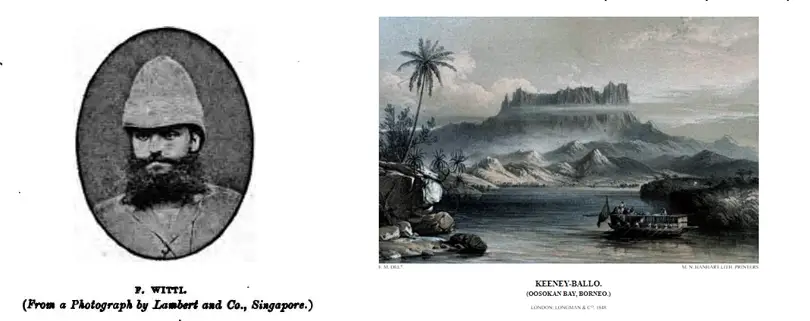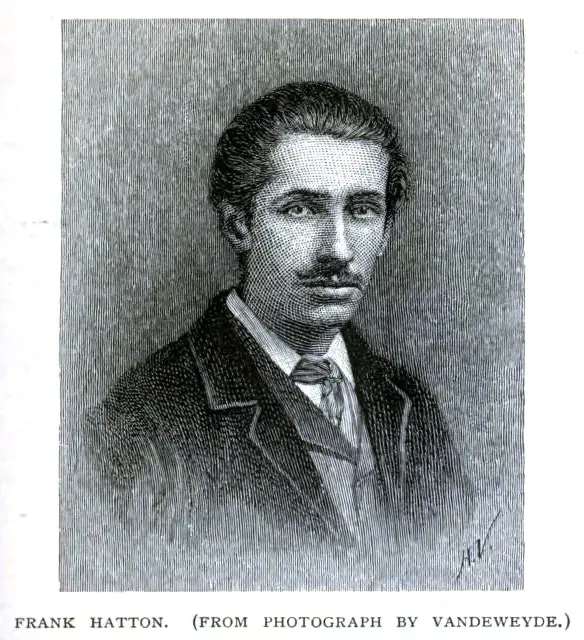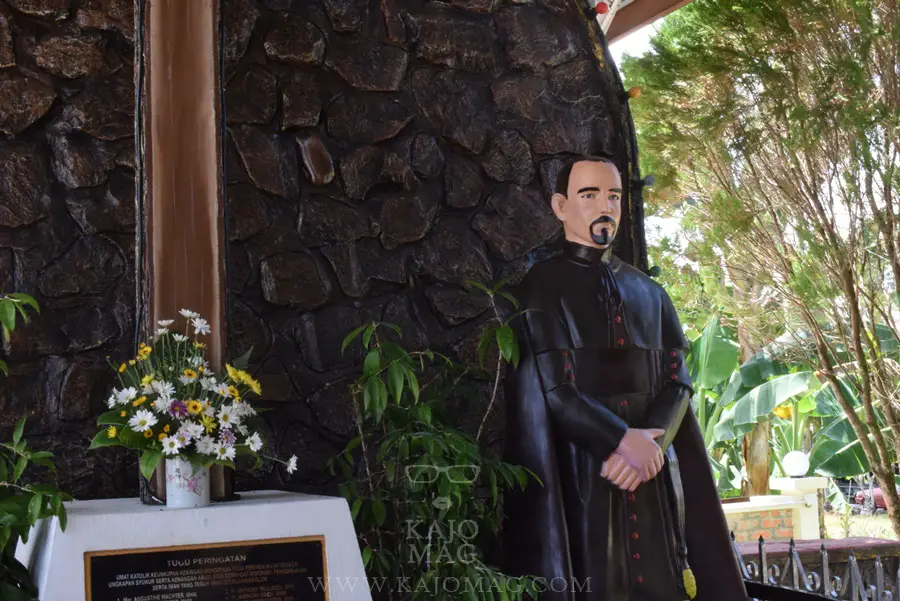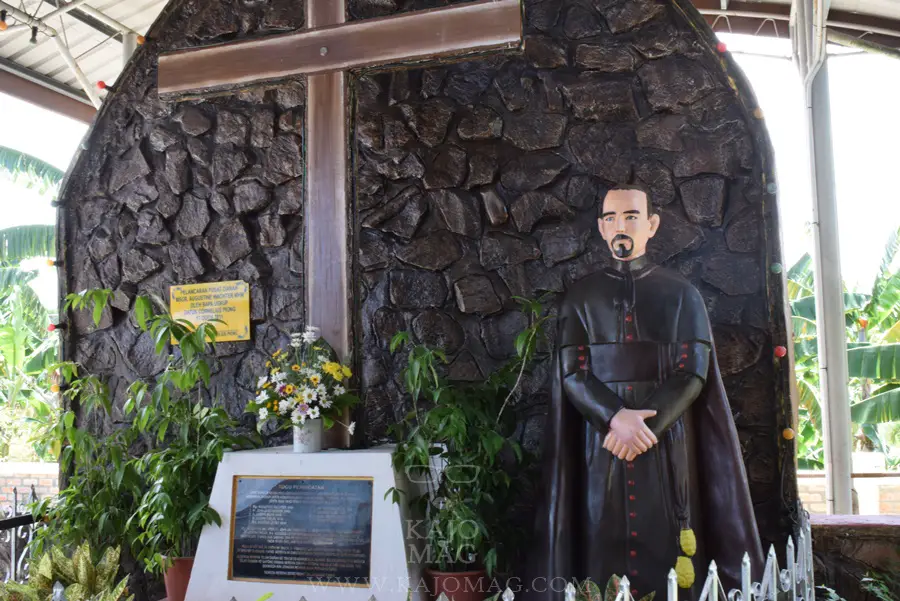The name Santubong is widely known among Sarawakians as the name of a mountain located in Sarawak.
The common myth is that the mountain takes its name after a celestial princess. But what other origin stories are there behind the name Santubong?
The legend of Princess Santubong
The common understanding of the legend behind Puteri Santubong is that she and her sister Puteri Sejinjang had an epic fight. As it usually is when it comes to fairy tales and legends, the two were fighting about which one of them was the more beautiful.
Sejinjang hit Santubong’s head, causing Santubong to fall to the earth. Managing to get the last ‘word’ in, Santubong threw the beam of her weaving loom at Sejinjang right before she fell and became a mountain.
The impact of her weaving loom broke Sejinjang’s body, and the pieces of her scattered into the ocean, forming nearby islands Pulau Satang, Pulau Talang-Talang and so on.
The discussion on the name Santubong in Sarawak Gazette correspondence

In the Sarawak Gazette which was published on Aug 31, 1953, there is a glossary of terms “with distinctly Chinese flavour which may be interest to readers.”
One of the words is Santubong. It stated that the word ‘Santubong’ was suggestive of Sanchubong (Kheh) ‘King of Wild Boars’ or Santoobong ‘Lord of the Jungle’.
In those days, readers were welcomed to write in and state their opinions on the subjects that have published in the gazette.
One reader, named I. A. N. Urquhart responded to the subject of the name Santubong, writing in to the gazette in September that year.
He stated, “I offer, without comment, a further fact, namely that ‘Santubong’ is the Iban word for ‘coffin’.”
C.N. Chong then responded to Urquhart in the November publication of the gazette. He agreed with Urquhart stating, “Coffin is also known in Iban as lungun. It appears, therefore, that ‘santubong’s an original Iban word as the Malays don’t use that word.”
However, Chong also pointed out that it would be interesting if anyone could explain whether the Iban meaning of ‘santubong’ has anything to do with the locality at all.
Santubong, Kheh (Hakka) or Cantonese origin

Responding to all these correspondence, P. Aichner elaborated more about the name Santubong in his letter dated on Jan 27, 1954.
“The common opinion would be against it; it would rather deter people from going to Santubong, if they connect Santubong with the meaning of coffin. It is very likely that Santubong is Chinese (Kheh or Cantonese).
The explanation in August issue is certainly a good one, (Lord of the Jungle), if it can be proved that there was a Chinese temple in the locality in ancient times, because the Chinese would have gone there to worship the Tu Vong, the King of the earth.
However, Lim Swee Kee, Kapitan China of Dalat offers a more plausible explanation. The word Santubong is definitely Chinese (Kheh and Cantonese dialect) San-to-mong, i.e. the mountain much to gaze (the mountain with a good view), or it may also mean: the mountain much to hope for.
Nobody can deny the first meaning, that there is a good view from that mountain, and for many years it has been a holiday resort.
The second meaning, the mountain much to hope for, would also be justified. Imagine the Chinese coming with their junks from China, having been tossed about the waves, sighted the mountain and cried out full of joy San-to-mong, the mountain much to hope for. The perilous journey came to an end, and the sight of the mountain gave them fresh hopes for what lay ahead.
That San-to-mong became Santubong can easily be explained by the fact that people did not speak Chinese would have tried to imitate the pronunciation, sounded the m a little too hard, and it became Santubong.”
A Sarawakian mountain

Meanwhile, Lee Kok Yin agreed that the name Santubong indeed came from the Hakka language.
He wrote in the Sarawak Gazette on Aug 31, 1957 , “In Chinese Hakka dialect, San means mountains; tu means in; bong means King. Santubong means ‘King of the Mountains’.”
Lee related it to a legend about how a Ming Dynasty fleet came to Sarawak. The leader of the fleet, Sam Pau Tai Chian gave honour to the local chief who helped them to fight piracy as San Tsung Wang (King of Mountain).
As time passed, the mountain which the chief lived on became ‘San Tsung Wang’ and eventually Santubong.
Overall, there are different kinds of accounts and legends explaining the meaning of Santubong, from a Malay celestial princess to a Iban and Chinese words.
Regardless, this symbolic mountain of Sarawak is truly Sarawakian with various races have their own stories and legends behind it.
Do you have stories on what is the meaning of Santubong? Let us know in the comment box.



































